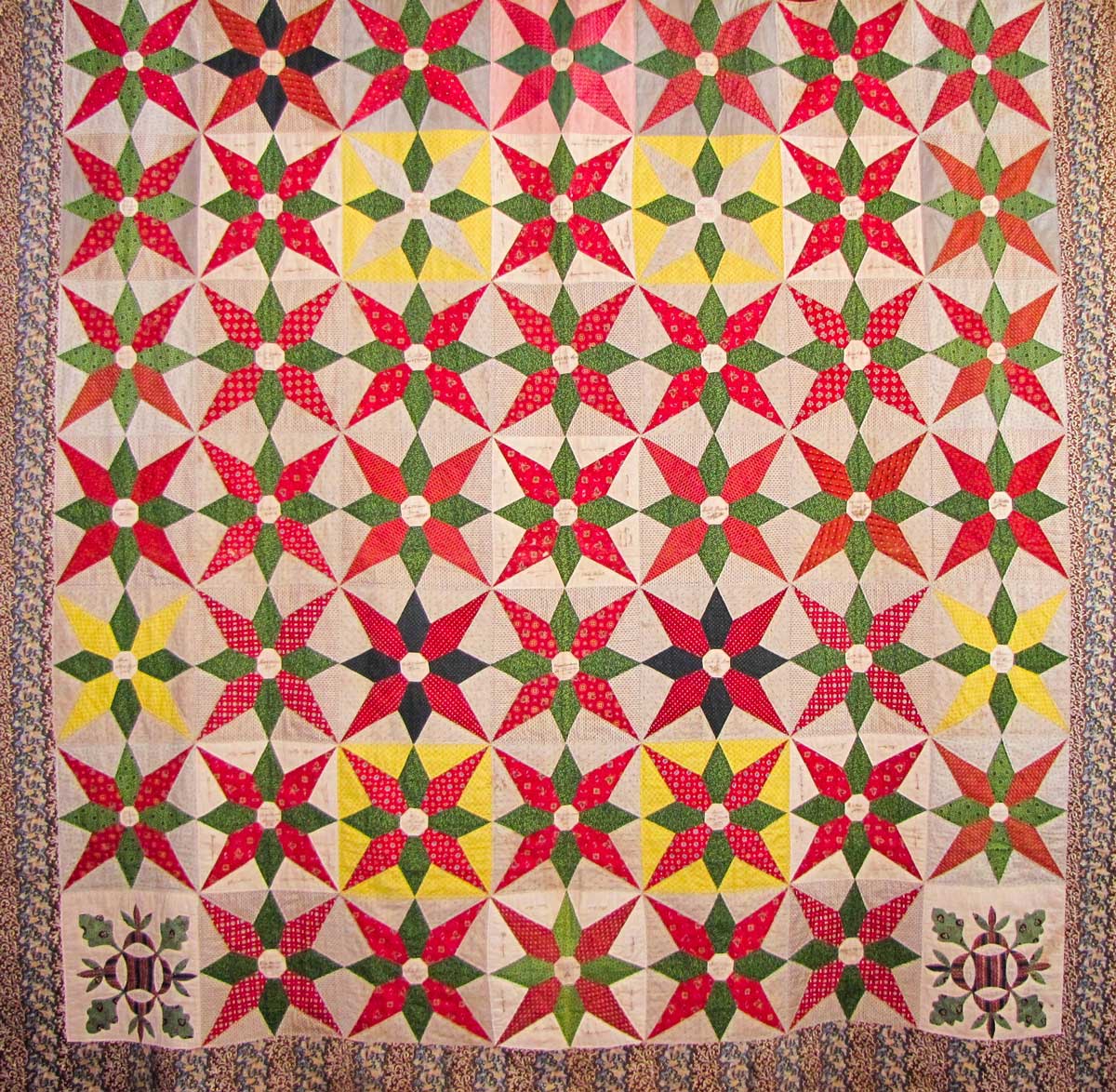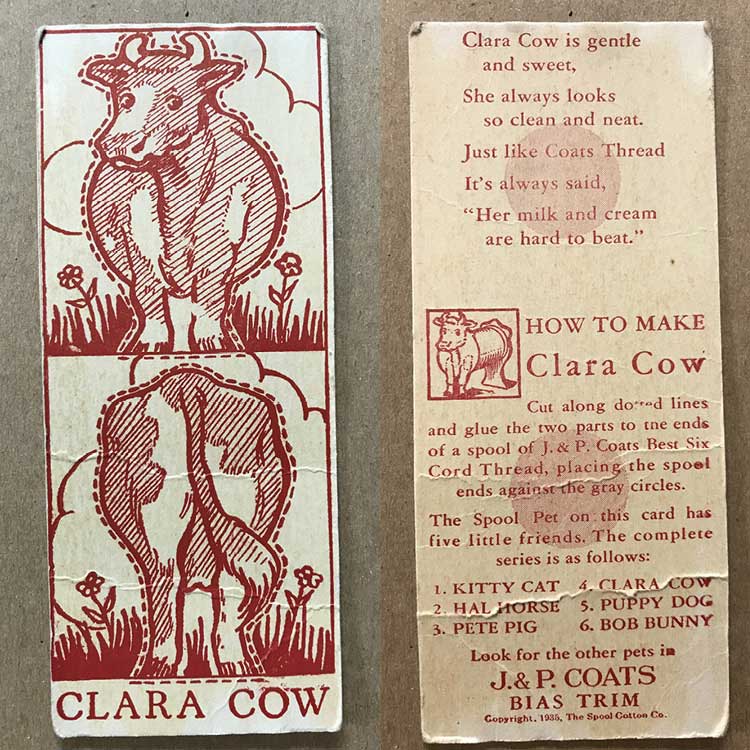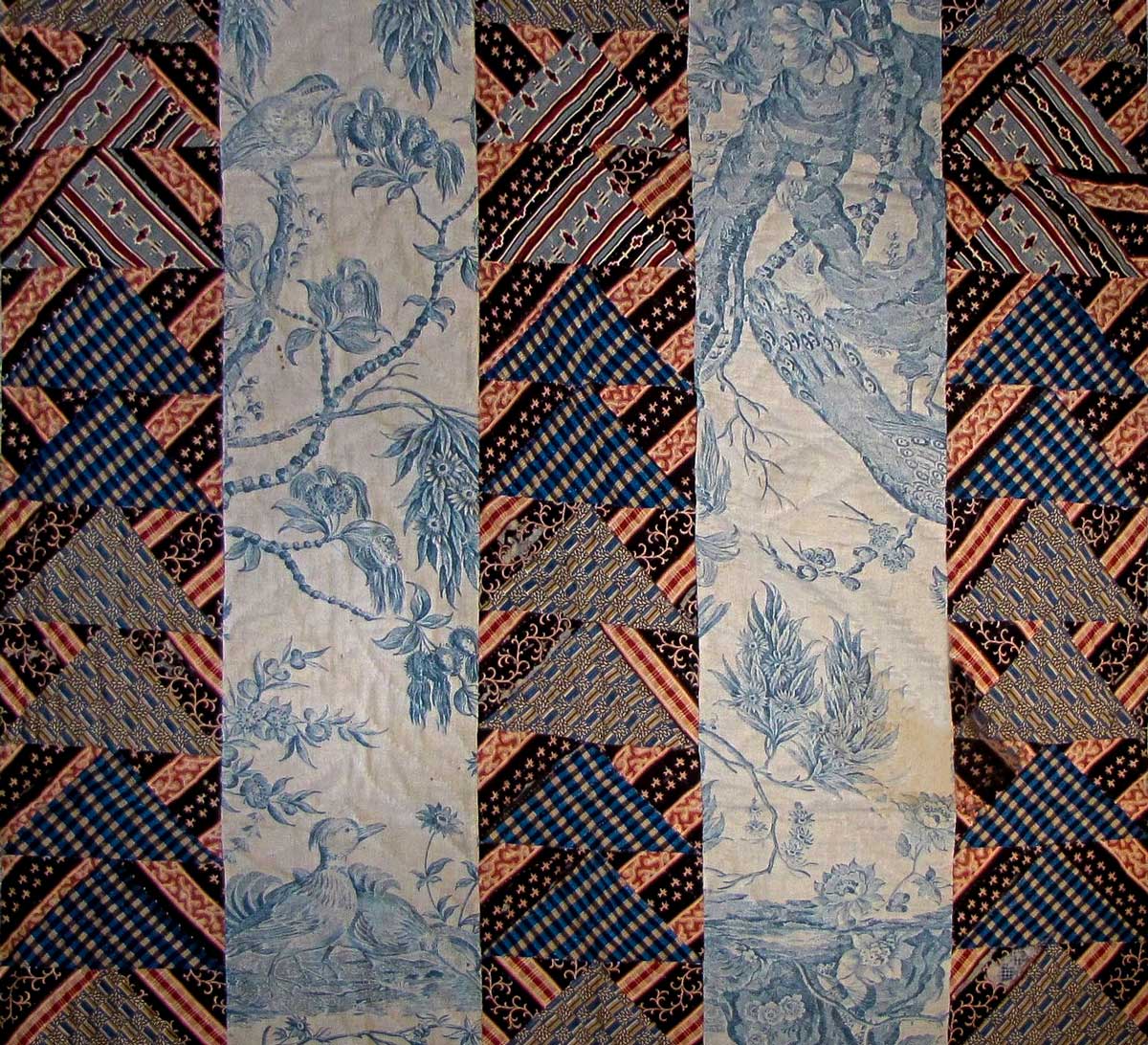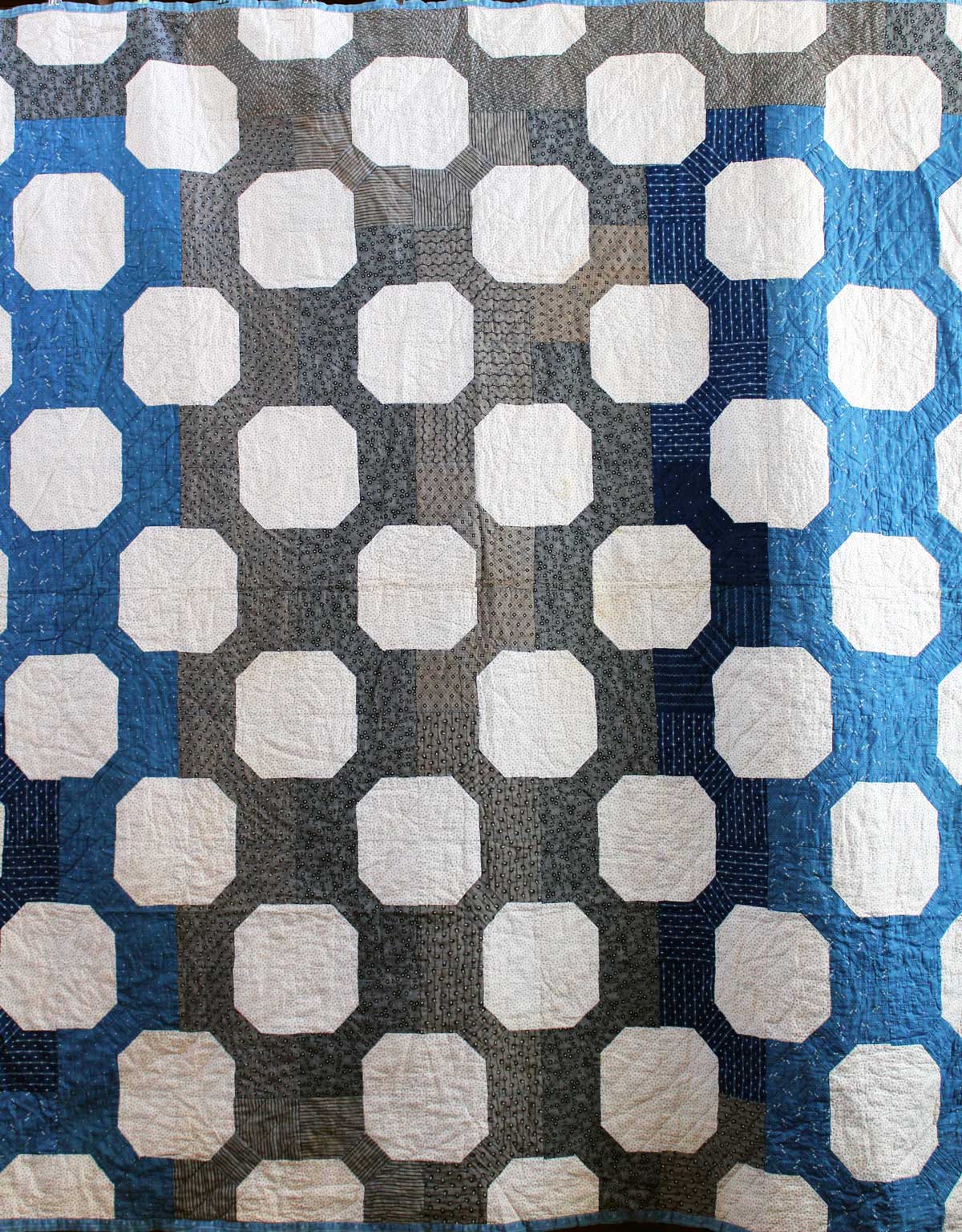Colonial Quilters and Scrap Quilts – Some Treasured Myths of Early Quilting
September 2025
Covering Quilts
Colonial Quilters and Scrap Quilts – Some Treasured Myths of Early Quilting
by Sandra Starley
What do you picture when I say, “Colonial Quilts”? Betsy Ross and Martha Washington sewing scrappy quilts by candlelight or quilting around a frame at a quilting bee? That is the idealistic picture painted in early quilt history books by creative writers harkening back to quilters of yesteryear. An early quilt history book was tellingly titled, “The Romance of the Patchwork Quilt in America” (Hall and Kretsinger, 1935). As lovely as it sounds, most quilters did not do their fine needlework by candle or fire light, and few worked together in quilting bees. Yes, quilting bees did occur, but not nearly as often as depicted in idyllic literature.
Historians have since examined wills and household inventories to learn what textiles were made at the time. They have found that despite the charming images, there was very little quilting in the Colonial or Revolutionary eras. Early Americans were working to build a country, and quilting fabric was not plentiful. Also, the type of quilting we are most familiar with, the pieced block quilt, had not been developed.
Few quilts were made in the 1600s or even by the Revolution. Those made in the 1700s were generally wool bed rugs or whole cloth quilts, and almost all were made in high-income homes. “It has long been a cherished notion that it was the colonists’ need for warm bedding that inspired them to piece together all available scraps of fabric. But the reality is that most women were too busy with the tasks necessary for basic survival, such as growing and preserving food, to spend precious time making quilts for bedcovers where there were other, less expensive sources available” (Kiracofe, “The American Quilt,” 1993). People commonly used woven blankets instead of quilts.
In the early part of the 1800s, quilting was a rich woman’s game, and there were many large quilts made from yardage of expensive imported fabric like chintz and toiles. But on some of those same quilts, you will see that the maker used small bits to piece together segments next to an expensive chintz border. Only women of means had access to a variety of fabric, and even for them fabric was expensive, and there was not a lot of variety. Imagine trying to buy imported fabrics during the War of 1812 when we were battling England. Quilters had their favorites that they wanted to use down to the last bit. They were prudent and careful because they treasured the fabric not because of economics.
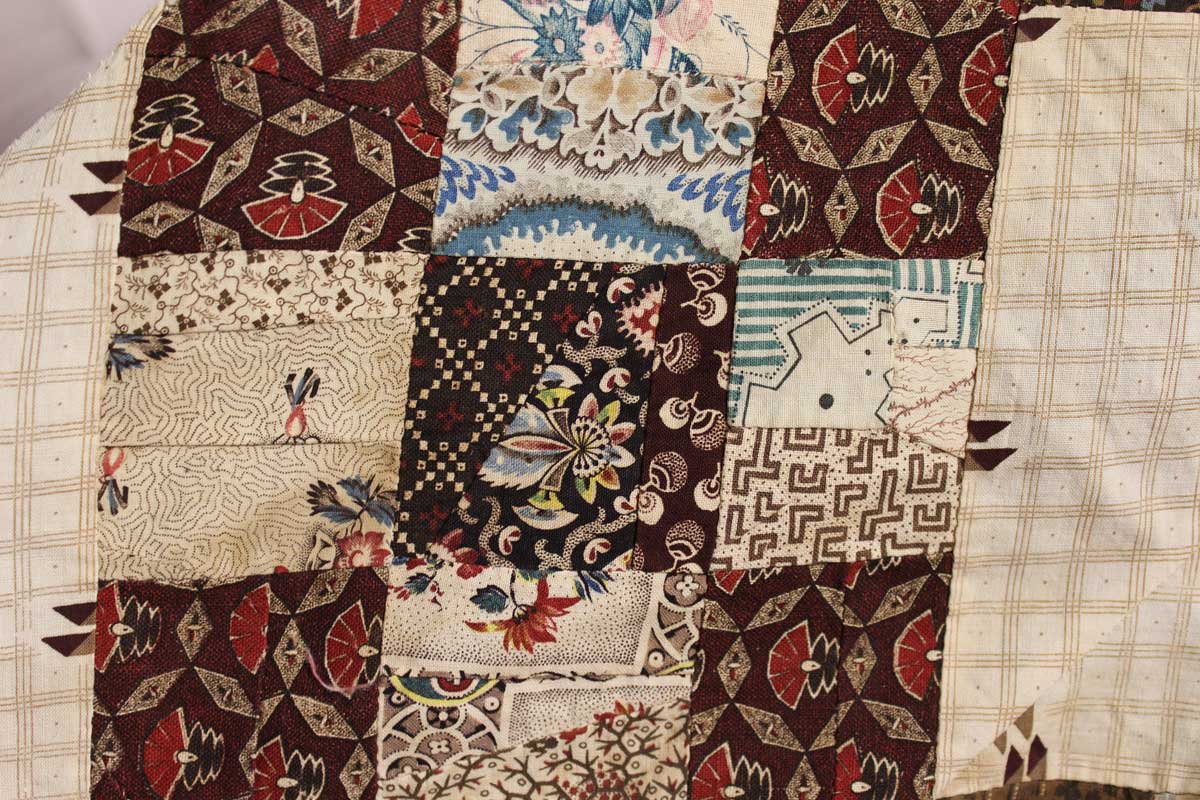
Pieced piecing on Nine Patch block (note more than 20 pieces), circa 1830, Sandra Starley Collection. (Image courtesy of the author)
There was no stigma associated with “pieced piecing or patched piecing”: joining two or more fabric pieces together to create a segment large enough to cover an area that would normally be made of a single piece of fabric. For example, a Nine Patch block which should be made with nine pieces might have a dozen or more pieces. Now people often see this piecing as a sign of poverty when the makers of the time probably thought it foolish to not use the expensive fabric they had on hand no matter how small. It is true that in later times, when people from all income levels were making quilts, especially during the Depression, scraps were gathered and cobbled together and clothing salvaged for made-do or thrifty quilts. A Depression Era filter caused writers to see scrappy leftovers made of necessity instead of true works of art made by ladies of leisure.
Sandra Starley is nationally certified quilt appraiser, quilt historian, and avid antique quilt collector. She travels throughout the U.S. presenting talks on antique quilt history, fabric dating classes and trunk shows as well as quilting classes. Learn more at utahquiltappraiser.blogspot.com. Send your comments and quilt questions to SandraStarley@outlook.com


